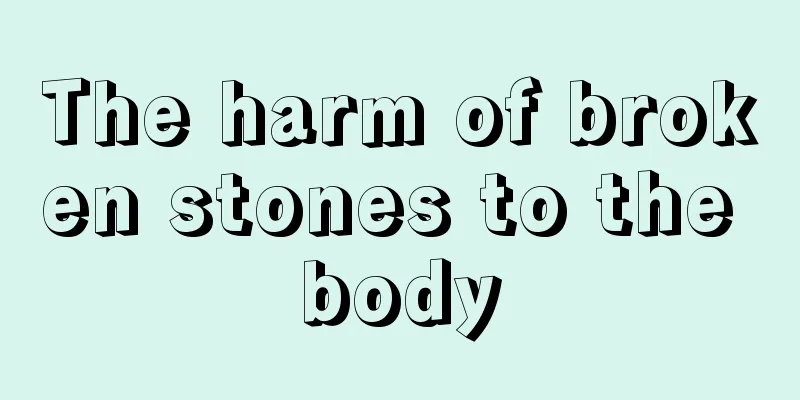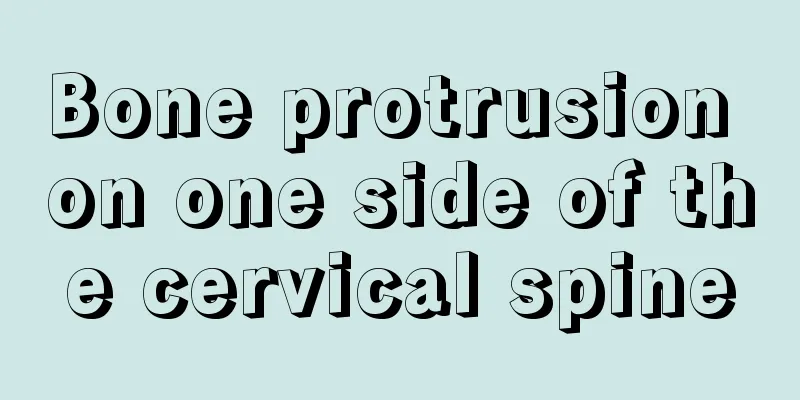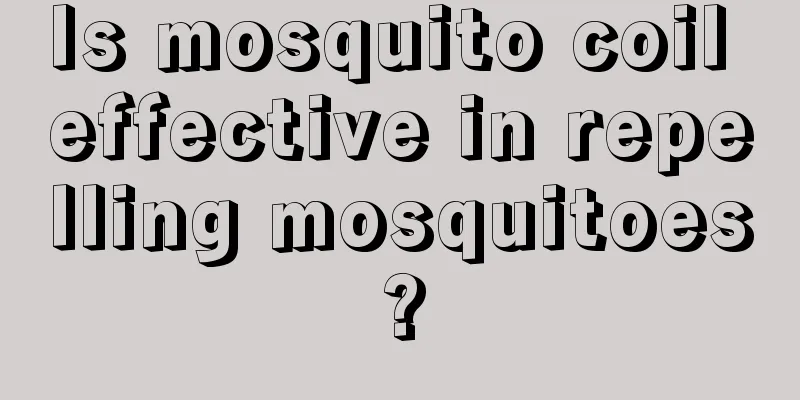Surgical considerations for tracheostomy recurrence

|
After total laryngectomy for laryngeal cancer, if suspicious changes such as lumps, ulcers, and infections appear around the patient's tracheostomy, it is likely that there is recurrent cancer at the tracheostomy and must be treated with caution. The surgical precautions are as follows. Surgical indications and contraindications: 1. Type I and II tumors are most suitable for surgical treatment because the lesions are limited in scope and do not involve important structures, so extended resection and radical cure are possible. 2. For type III and IV tumors, since neck dissection has been performed during laryngeal cancer resection, the internal jugular vein has been removed, and the area around the carotid artery has been dissected and separated, preoperative ultrasound, CT, etc. show that the tumor has surrounded the carotid artery. In this case, the arterial wall has often been eroded by the cancer and is difficult to separate during further surgery. Even if it is separated with difficulty, there is a high chance of residual cancer, and surgery needs to be carefully considered. 3. Surgery is contraindicated for patients with poor general condition, suffering from serious diseases such as diabetes, heart disease, hypertension, etc., who have undergone multiple surgeries and radiotherapy before surgery, or who have difficulty healing after surgery. 4. For patients with subglottic invasion of the primary cancer, subglottic tumors, or N2 or N3 cervical lymph nodes, surgery should be carefully considered. Tips: Classification criteria for tracheostomy recurrence Type I: The recurrent tumor is confined to the upper part of the stoma, and the prognosis is good; Type II: recurrence above the stoma, with invasion of the esophagus. If the invasion is limited, the prognosis is good; Type III: recurrence at the lower part of the stoma and extension to the mediastinum. It can be relieved after treatment but the prognosis is poor; Type IV: recurrence at the lower part of the stoma and extension to the subclavian, substernal, and bilateral areas. It can be relieved after treatment but the prognosis is usually poor. |
<<: Diet therapy relieves the pain of colorectal cancer radiotherapy
>>: Laser surgery brings good news to patients with vocal cord cancer
Recommend
Will urine turn yellow in early pregnancy?
Once a woman becomes pregnant, it means she is st...
Biejiarumo powder can be used to treat cancer pain in patients with cervical cancer
After cervical cancer occurs, patients usually ex...
What's wrong with dizziness and numbness in hands? It turns out the cause is this
Dizziness and numbness in the hands are common sy...
Sodium isoascorbate
Maybe many people are not familiar with sodium er...
What are the obvious symptoms of high blood lipids
As they age, many people report high blood lipids...
What to do if your hands are naturally rough, dry and have deep lines on your palms
Some people's hands are naturally rough, easi...
What is the reason for smacking lips when sleeping
Eight hours of adequate sleep a day is the guaran...
Will thyroid cancer metastasize to lymph nodes if it is discovered early?
Early detection of thyroid cancer may metastasize...
Prostate cancer radiotherapy pain, a few minutes each time
Prostate cancer radiotherapy pain, each time for ...
What's going on with itchy eyes and swollen eyelids?
When we find that our eyes are itchy or swollen, ...
What are the early symptoms of colon polyps?
When colon polyps occur, we must also pay attenti...
Are kidney stones serious? Are there any dangers?
The impact of kidney stones is quite large, so if...
Which hospital can treat bile duct cancer
Due to various reasons, in modern society, cancer...
What causes numbness in finger joints
The problem of numbness in finger joints is often...
What are the chemotherapy drugs for gastric cancer? There are several types
There are many types of chemotherapy drugs for ga...









